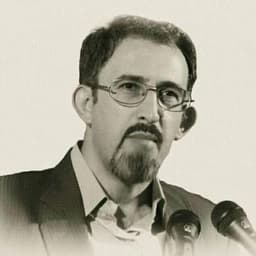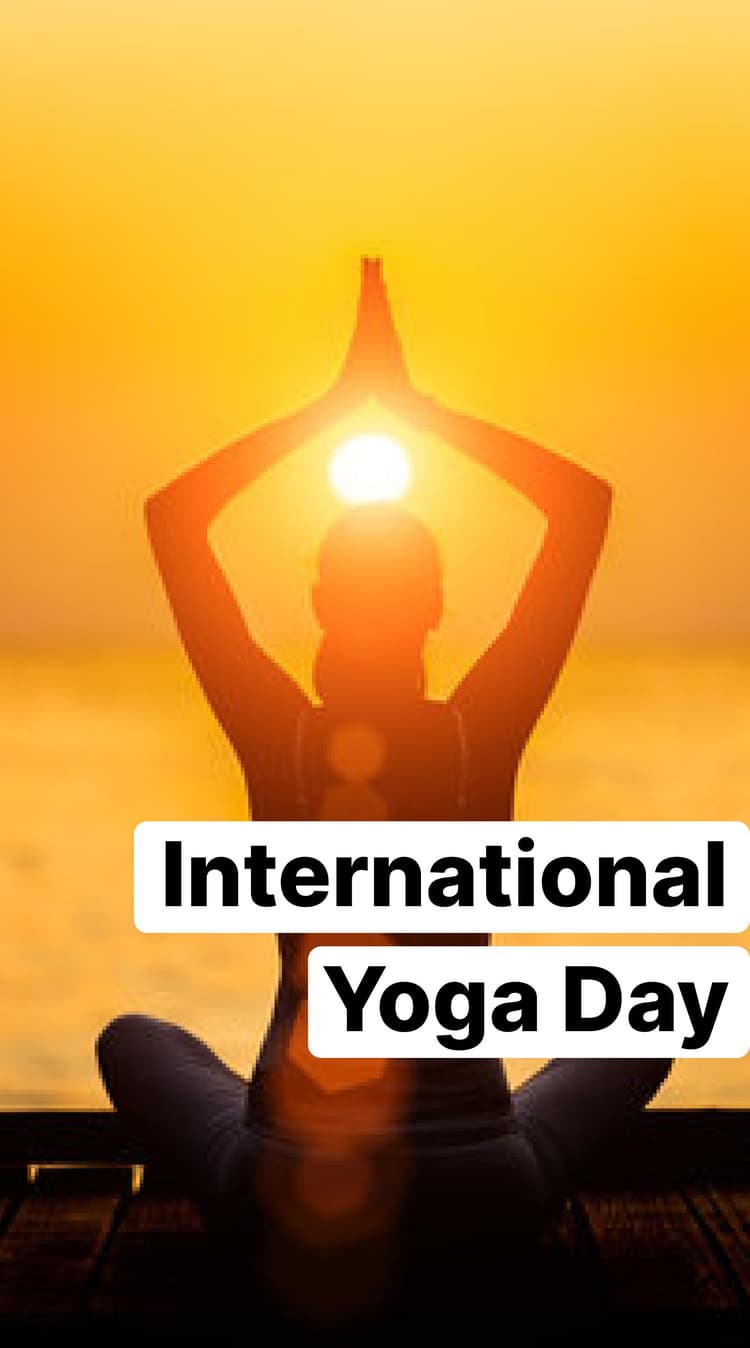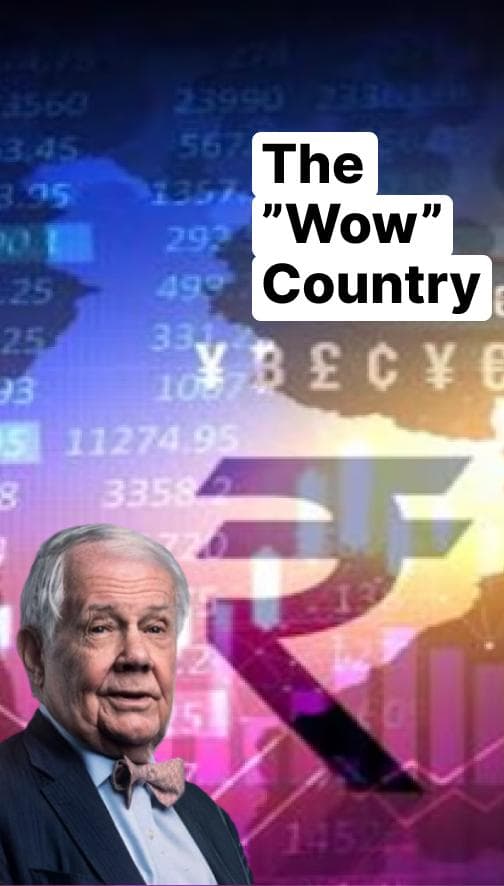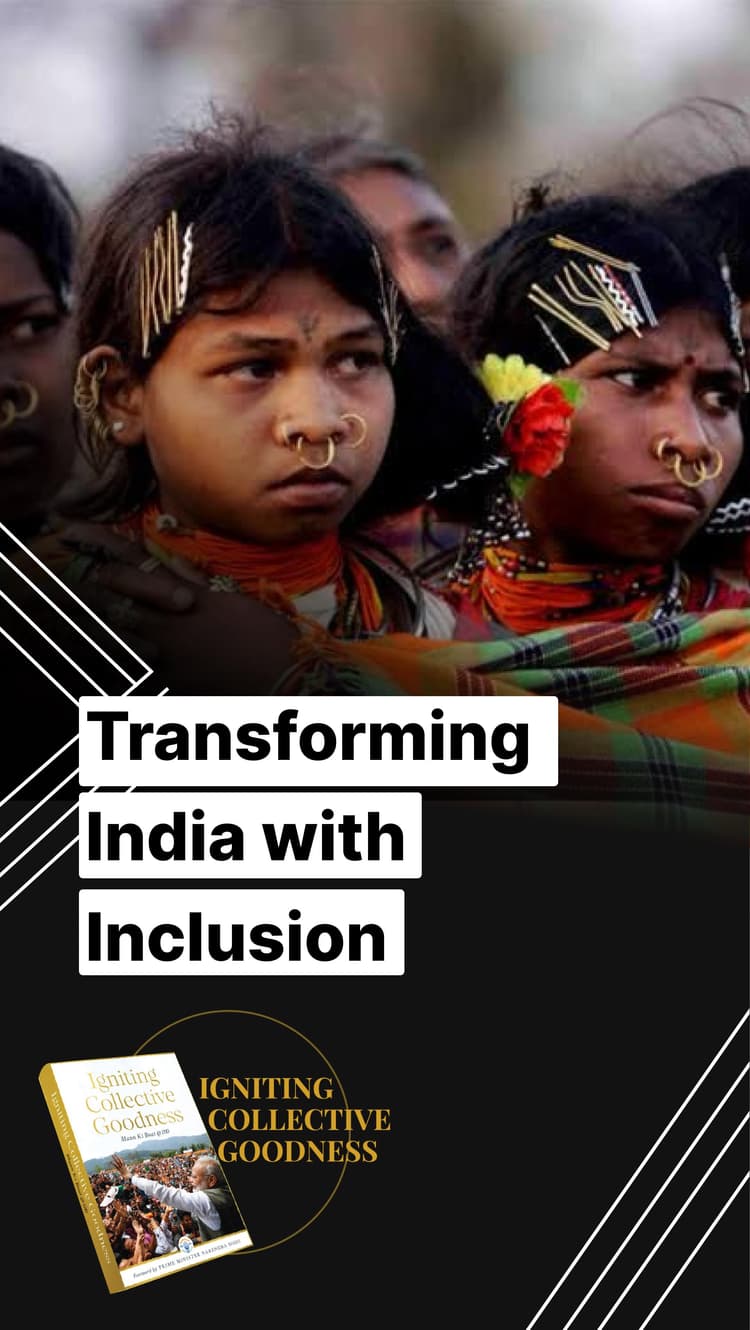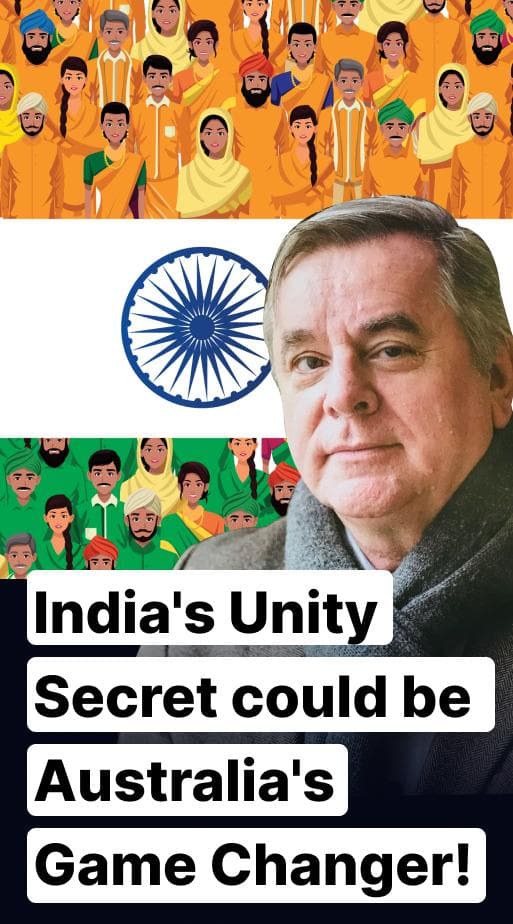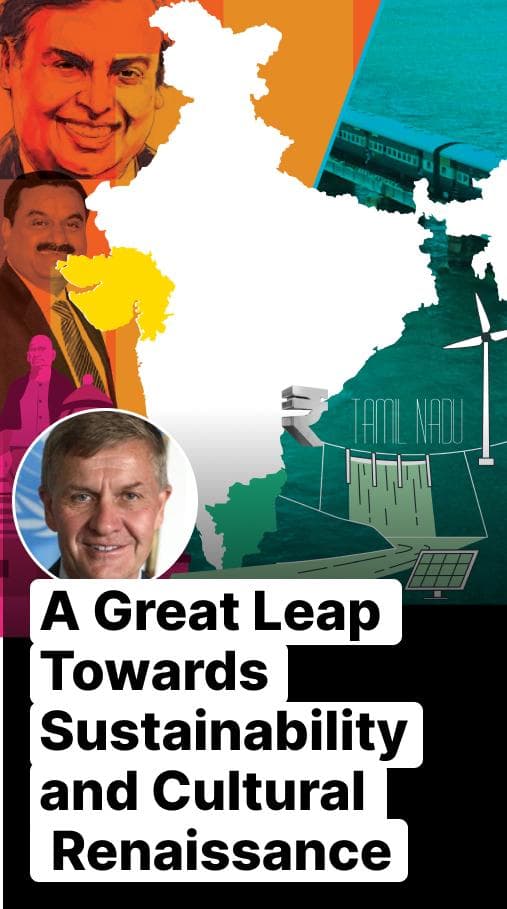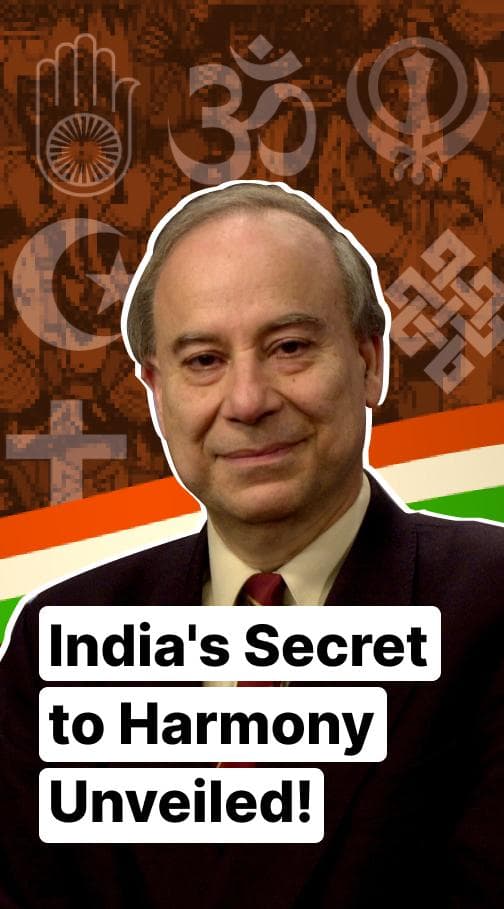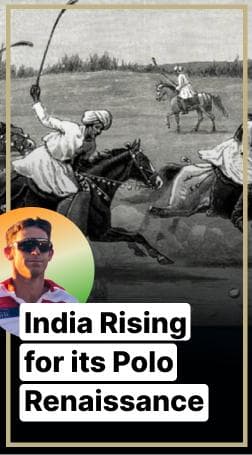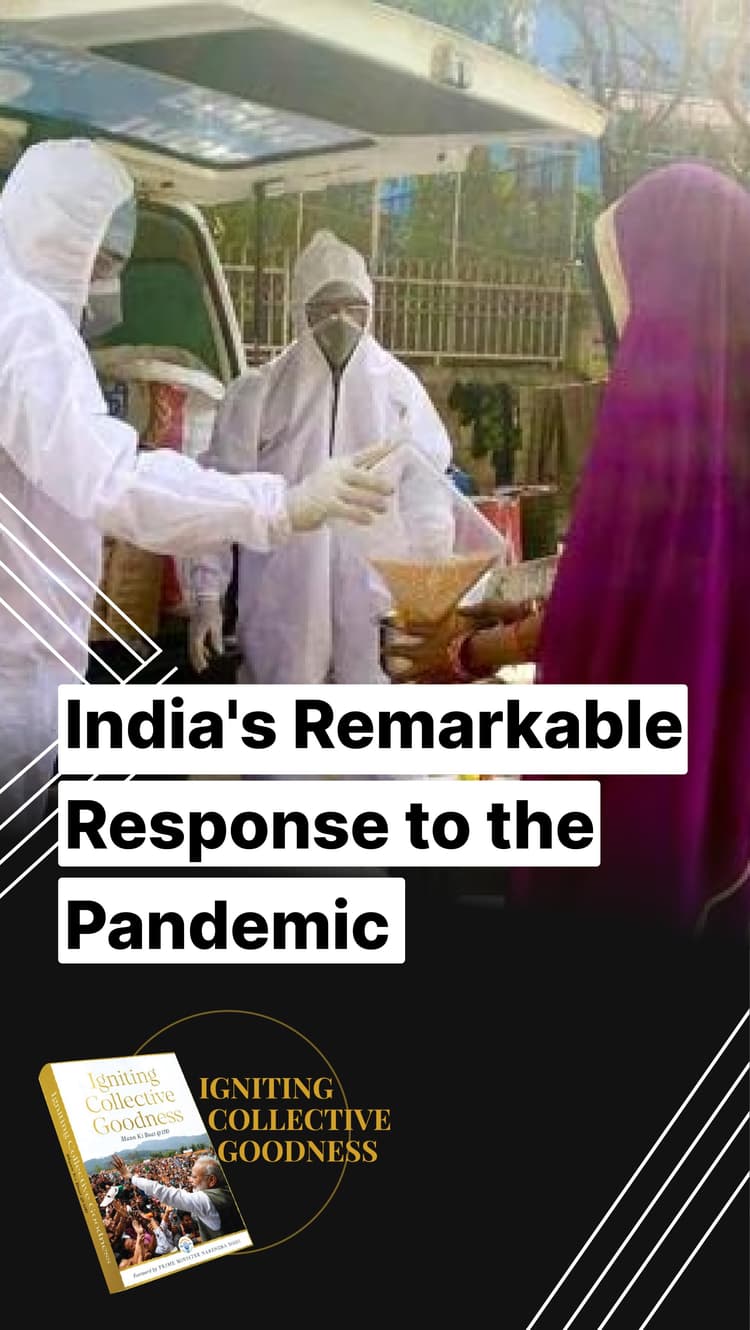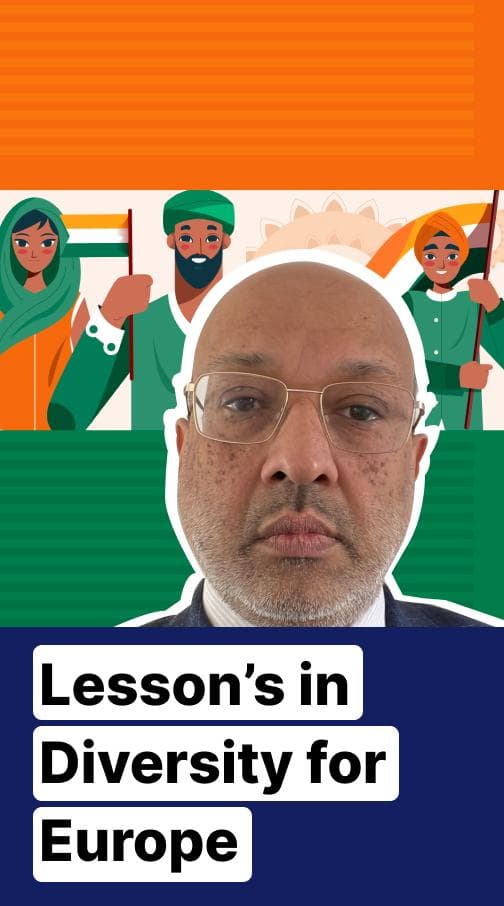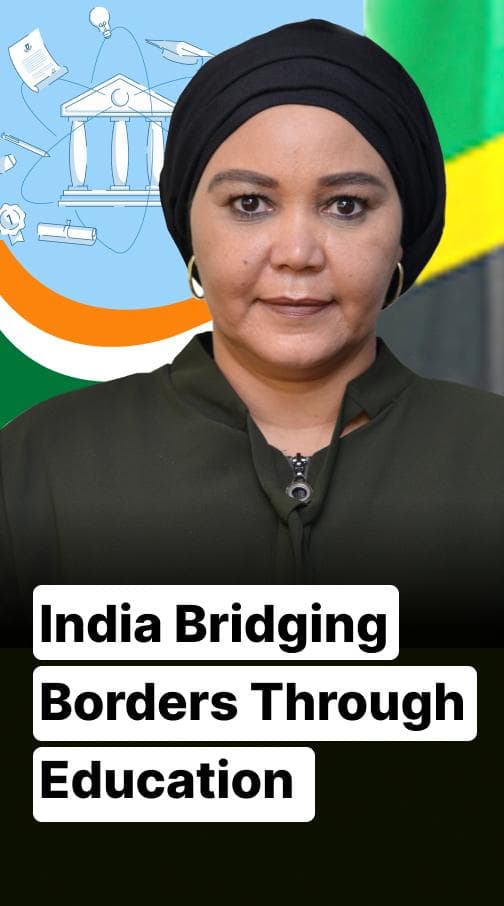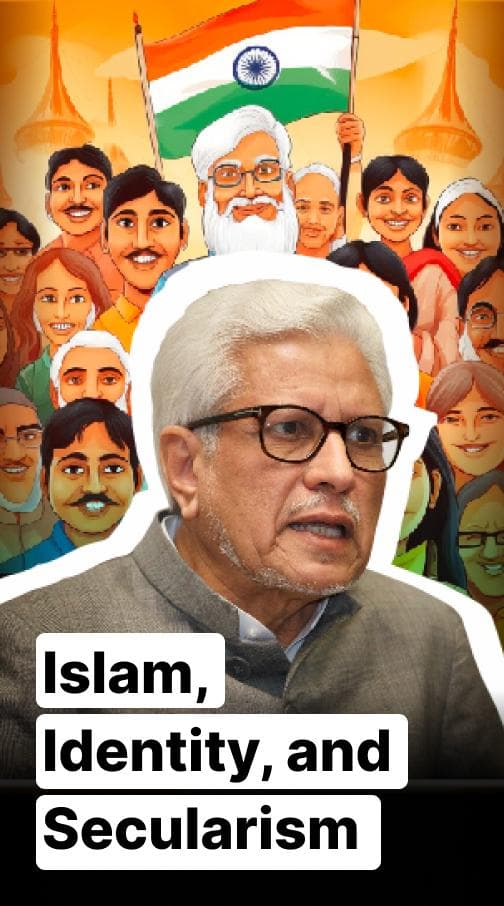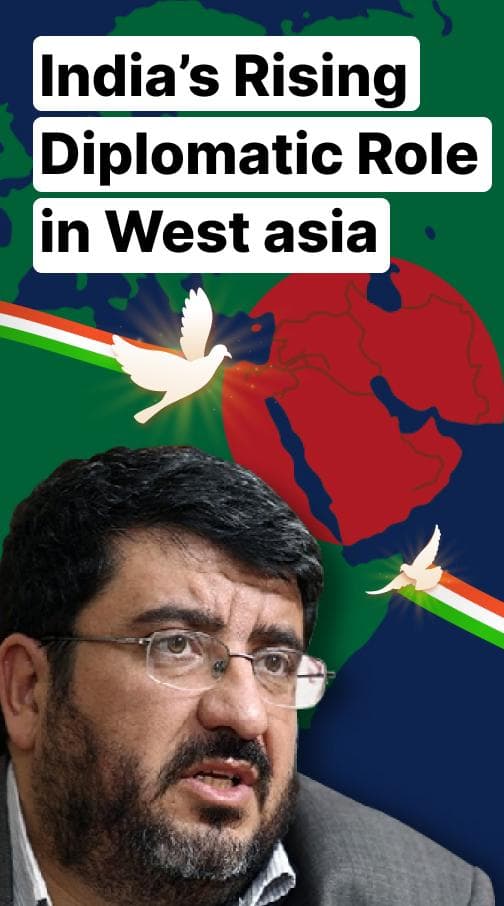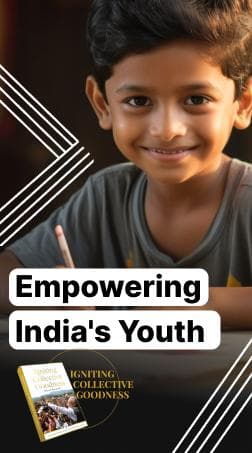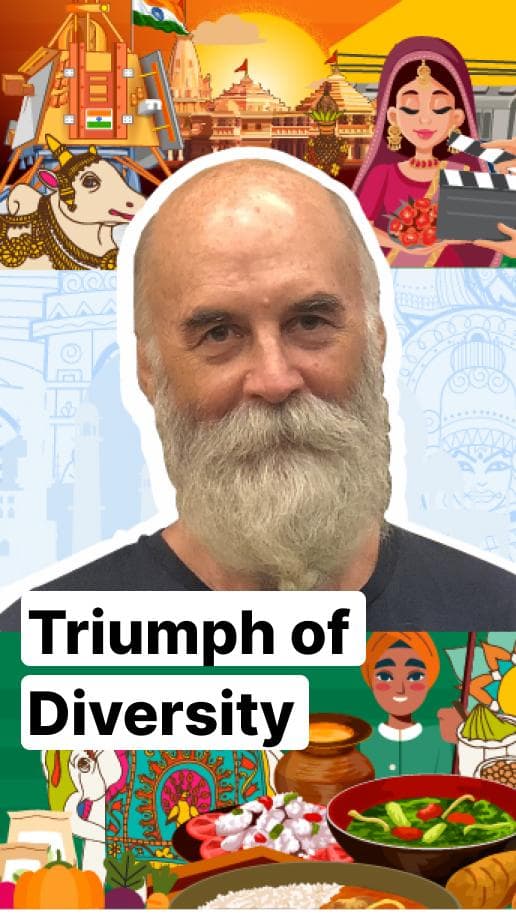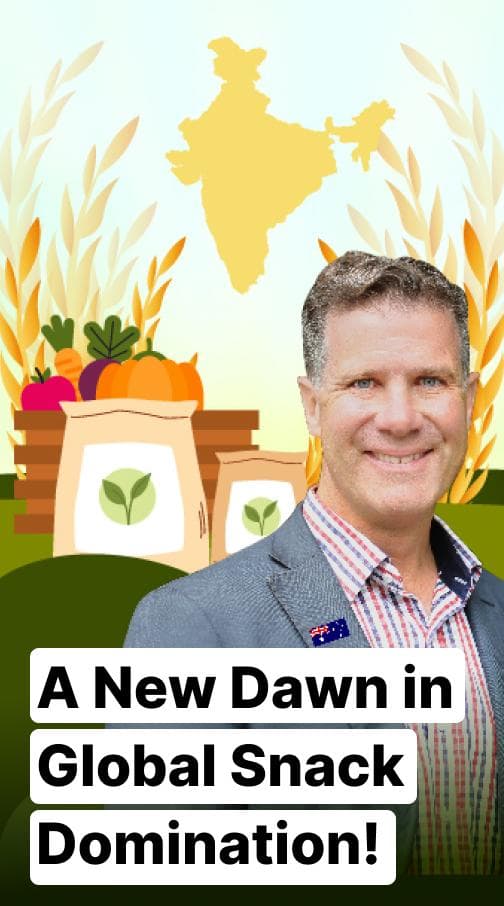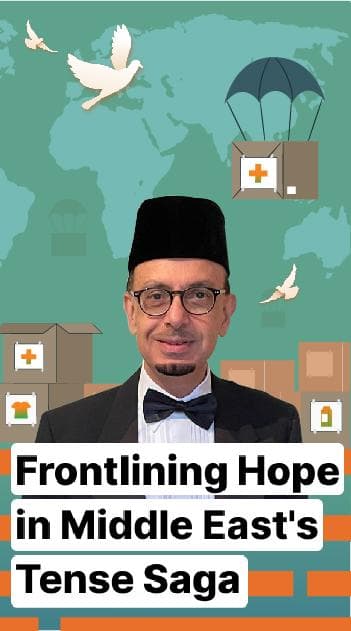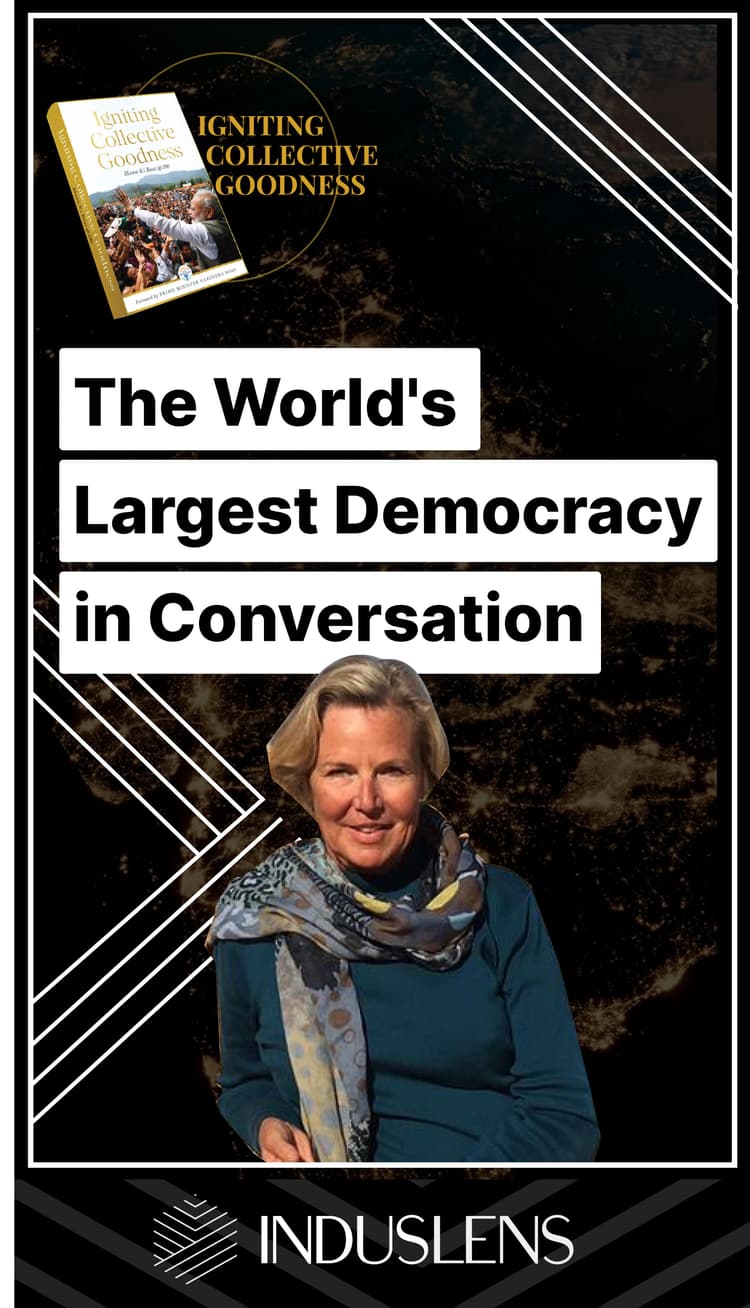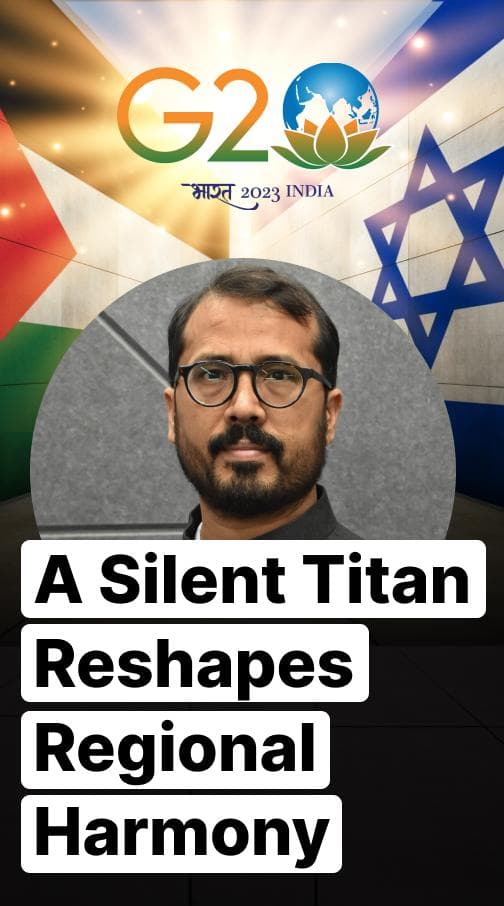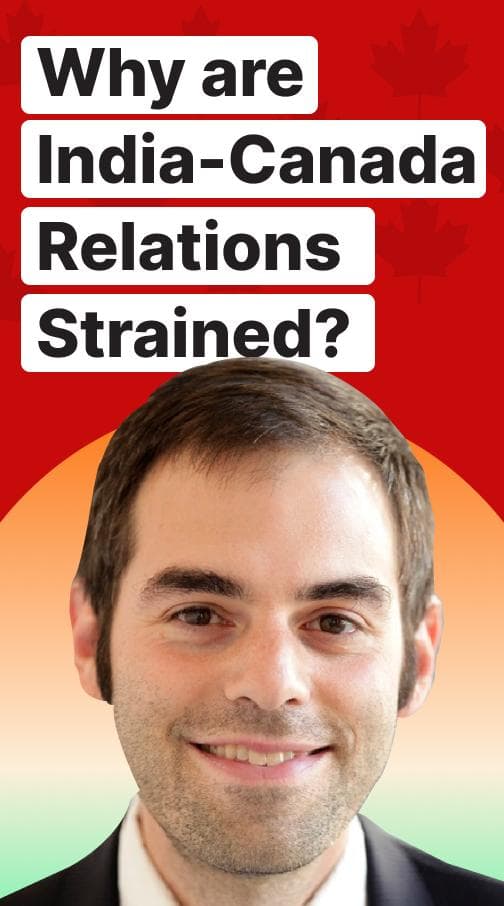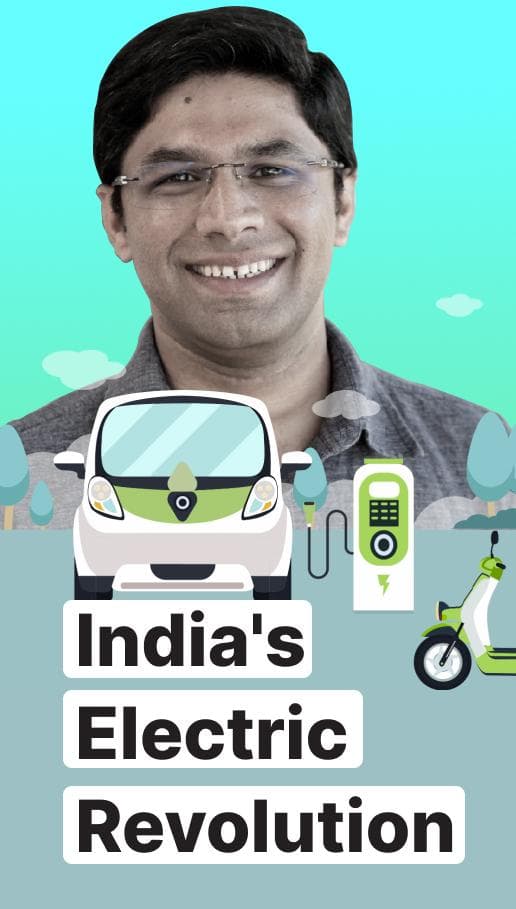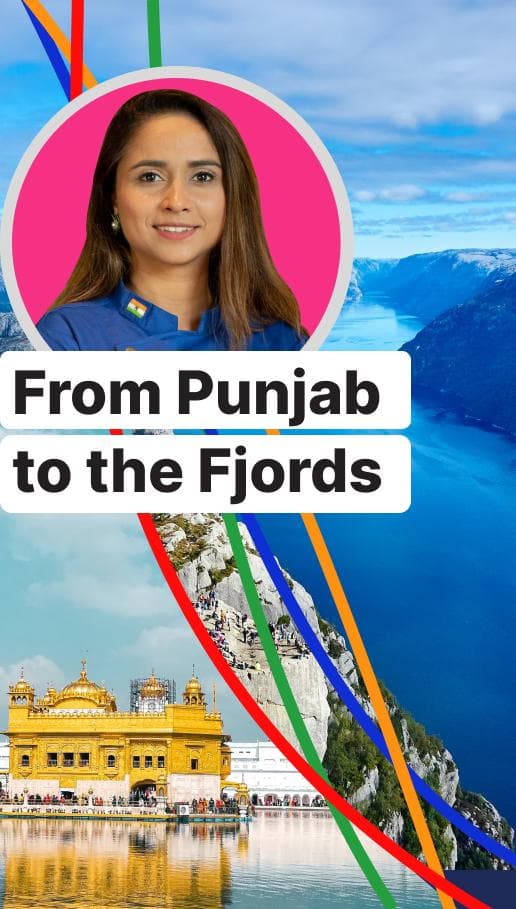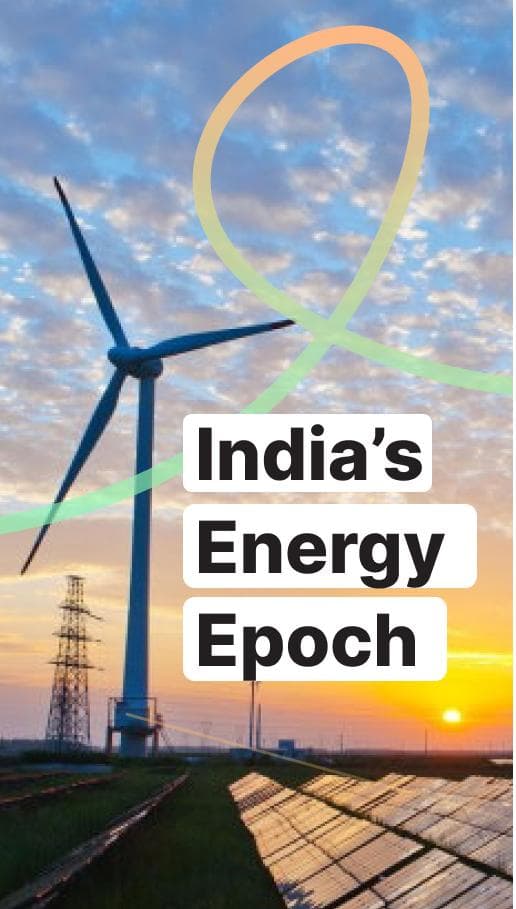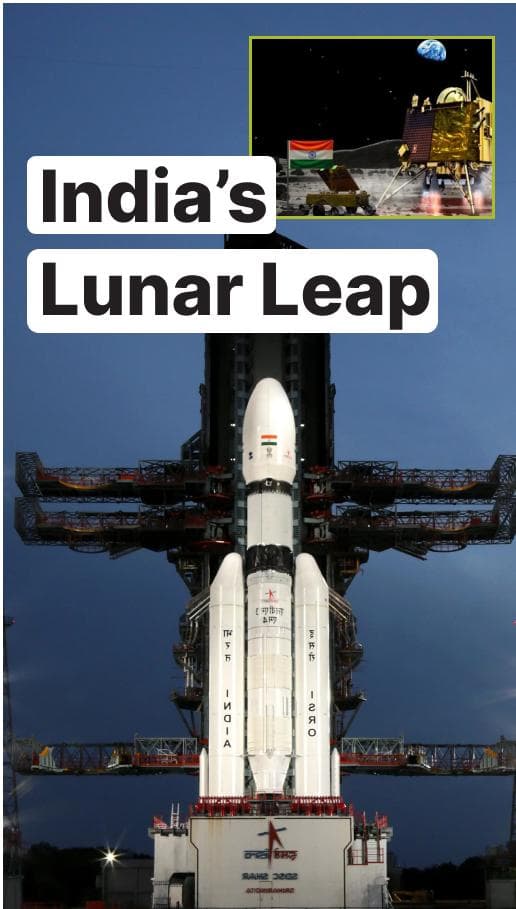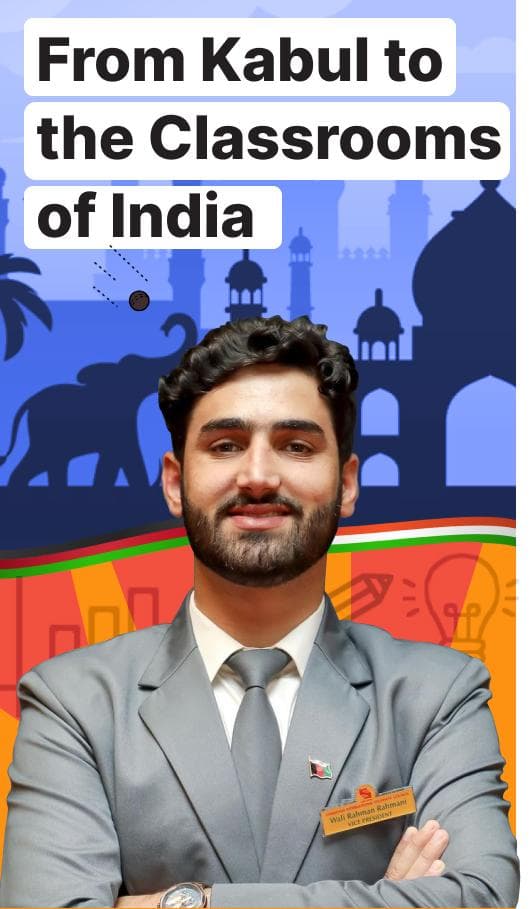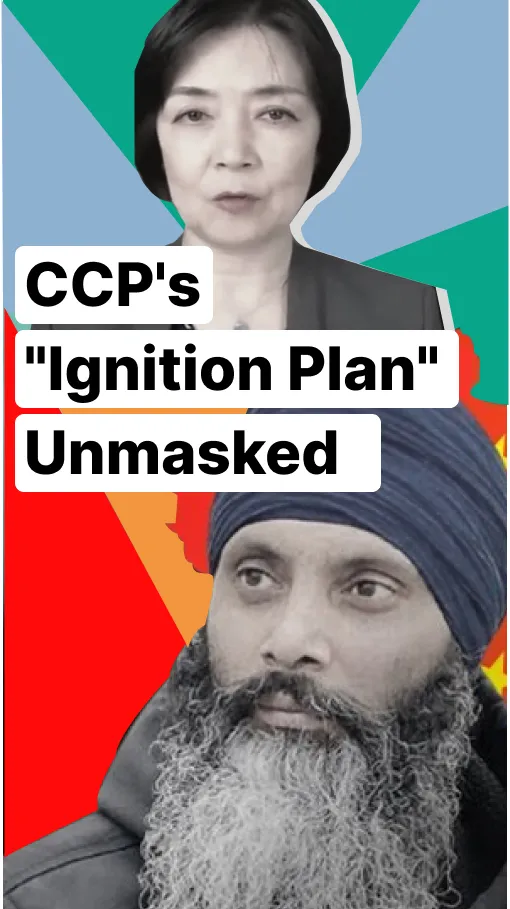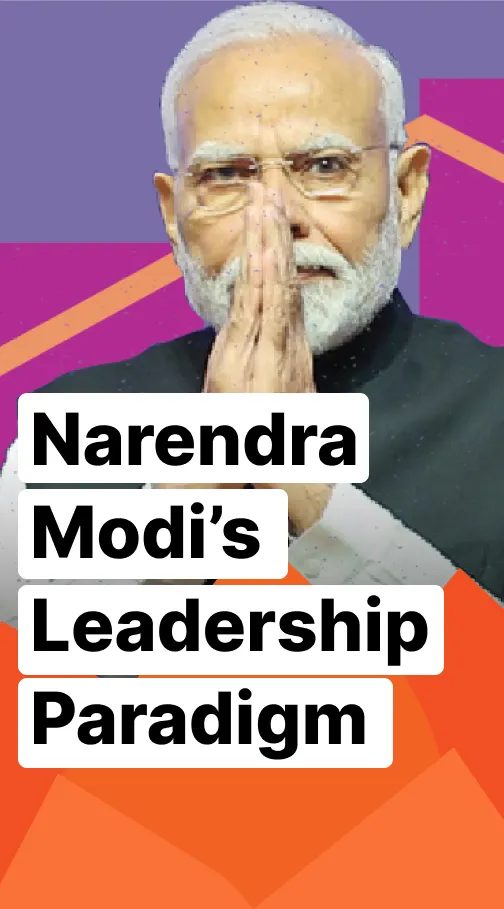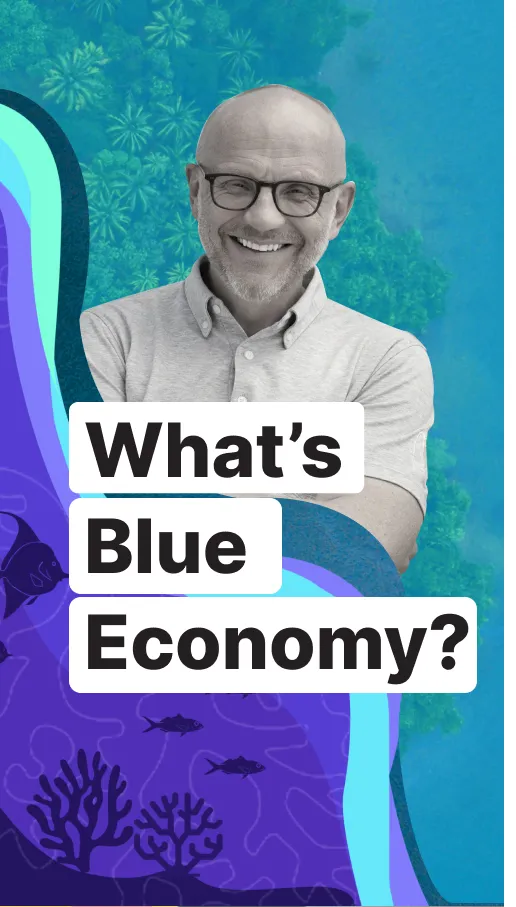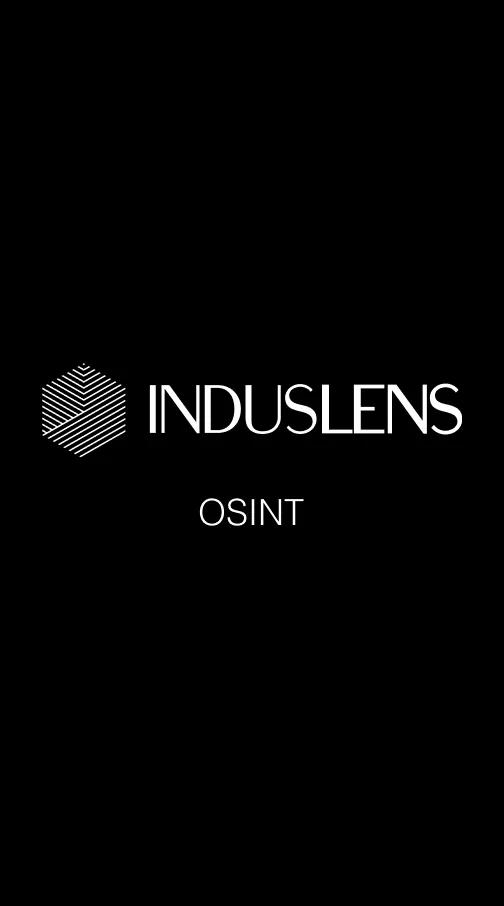Iranian Diplomat Enchanted by India's Diverse Splendour
An Iranian cultural diplomat recalls his years in India, and how the country bewitched him.

I carry the sweetest of memories of my stay in India, a country that has always been a land of wonders for me. I always wanted India to be the country that I would visit first but sadly that didn’t happen. It was maybe the 10th country I visited, but luckily it was the first country where I stayed in for five long years, from 2018 to 2023.
My workplace and house in India were both in New Delhi, where Iran Culture House is located, near the Supreme Court. At first glance, the abundance of trees in the city earned my admiration. I have this pleasant impression that Delhi, despite its much talked about pollution, is a green city.
Acceptance of Diversity
The most fascinating thing to us (my family) from the very beginning was the warmth, kindness and hospitality of Indians. Both strangers and our acquaintances showered hospitality on us and were warm in their interactions. I learnt that the most important characteristic of Indian people is their acceptance of diversity, be it of religion, ethnicity, language, appearance, political and social customs.
Another noteworthy trait of Indian people is their respect for nature. They love nature and value all creations, including animals and plants. They consider the environment as an important part of their lives, and treat it with utmost respect.
Similarly, another remarkable thing we noticed in Indians was their tranquil nature and the quality of staying calm even in perturbing moments. We felt that they not only accept people, but also accept different aspects of life like hardships, challenges, joys and sorrows with a stoic serenity.
Panegyric on India
After returning from India in 2023 at a meeting held at the National Library of Iran, I deliberated on relations between Iran and India and recounted my 5-year stay. I expressed most of my heart-felt impressions of India in the form of a poem. It was warmly received.
The poem comprises 120 verses, and it embodies various references to history, culture, economy, politics, and sociology of the great and ancient country of India. I am hopeful that this poem will be someday translated into Hindi or Urdu for the benefit of Indian listeners and poetry connoisseurs. Here are some translated verses:
Relations between Iran and India have existed for thousands of years,
Because there stands between them firm bridge of kindness & loyalty
The love of India has always been in the heart of Iran,
and similarly India has always carried love for Persia
In the tumult of history, you (India) have always relied on me,
and you have always stood behind me in my time of distress
In celebrations such as Nowruz, Fire Festival, Colors Festival (Holi), and Yalda Festival,
We spread perfume, flowers and colours on each other and exchange gifts
What can I say about your Ramayana and Mahabharata?
Gems-pouring epics whose fame has risen to the sky
O India! You created so many pleasant Persian poems
In the Indian style which is very tender and expressive
The Farsi Connection
The Persian language is one of the pivotal connecting dots between Iran and India. The common root of Indian and Iranian languages – especially that of Sanskrit and Pahlavi – shows the deep historical relations between these two lands. Farsi, which is one of the most effective contemporary languages with a rich literary history, witnessed an extensive flourish in India.
The acceptance of Persian language by Indians flowered into thousands of books written on a myriad of subjects, most notably in the fields of medicine, astronomy, religious sciences, literature, history and geography of India. In fact, it was Persian that helped Iranians to understand brilliant ideas of Indian philosophy, and other fields of knowledge.
Besides Farsi, Iran and India share common heritage of culture, architecture, poetry, philosophy and mythology. This common heritage has been manifested in various forms in both the countries. As an outstanding example, in poet-philosopher Ferdowsi’s epic Shahnameh, many heroes share a similarity with the heroes of Mahabharata.
First Country to Start Cultural Mission in India
Iran was the first country to start a formal cultural mission in India. Iran Culture House was the first culture house of any foreign country in New Delhi that was established after India’s independence. It has been very dynamic from the very beginning, and many useful achievements have been the result of the center’s 80-year efforts. To cite an example, Qand-e-Parsi magazine, which is published by the Persian Research Center, Iran Culture House, is the most coveted Persian language magazine outside of Iran. It has been in publication continuously for nearly 40 years.
The Iranian Culture House is serving as the nerve center of forging cultural and literary ties among various institutions of the two countries.
The Quest for World Peace
Recently, Iran became a part of the BRICS grouping. India’s support for it is a matter of gaiety for Iranians. Although I am not an expert in the political and economic domain, I deeply believe that Iran and India, as two important countries of Asia, have the ability to meet each other’s different needs, and complement each other’s progress and development without dependence on the West. What is most needed here is the self-belief and self-confidence required of the eastern countries in relying on each other. The West, for obvious reasons, will fulminate over this partnership, but we have to move ahead.
Undoubtedly, the victory of us, the Easterners, is in greater solidarity and cooperation.
With elongated mutual cooperation, Iran and India can also play an effective role in mitigating global conflicts, especially by using the culture of peace and tolerance which is deep-rooted in values of these two countries. The literature of both these countries and their diplomatic pursuits are based on ethical conduct and permanent quest for peace.
Remember one stark fact from history that these two countries have never initiated any war. Thus, they are perfectly suited to propose the initiation of peace. Beliefs and practices of the respected Indian leader, Mahatma Gandhi, are the best guide to usher in this noble endeavour. The Persian literature brims with couplets that take this cause with fervent passion, as is reflected in these lines of Sheikh Saadi Shirazi, the legendary Iranian sufi poet:
Human beings are members of a whole,
In creation of one essence and soul
If one member is afflicted with pain,
Other members uneasy will remain
If you have no sympathy for human pain
The name of human you cannot retain
‘Iranian Support’ for India’s UNSC Bid
As I mentioned before, I am by no means a political expert, but I know that in international relations, the foundation is based on reciprocity, regardless of the antecedents and roots of cooperation. Naturally, to the extent that India supports Iran in international and regional issues, it will have the support of the Iranian government and people (in New Delhi’s bid for a permanent seat at the UNSC).
Lessons In Sanskrit, Hindi in Iran
My advice to the cultural officials and diplomats of the two countries is to take the common cultural axis of these two countries, which is the Persian language, more seriously. Just as the Indian government supports 140 Persian language teaching groups in Indian universities, and also as the Indian Parliament recognised and acknowledged Persian as one of the classical languages of India in 2020, it is necessary to create seats for teaching Sanskrit and Hindi in Iran. It will help create more ground for communication between Iranian and Indian universities. The teachings of the Persian language, especially the literature of the Indian style, indicate that Iranian and Indian thinkers have written the best verses in this language to invite the people of the world to peace, friendship, tranquillity, kindness, and respect for each other. To emphasise my point, I quote classical Indian poet Abdul Qadir Bedil Dehlavi:
O Bedil! The difference in temperament is in the appearance of their clothes, otherwise
If we look carefully, the blood in the veins of the peacock and the crow is of same color.
